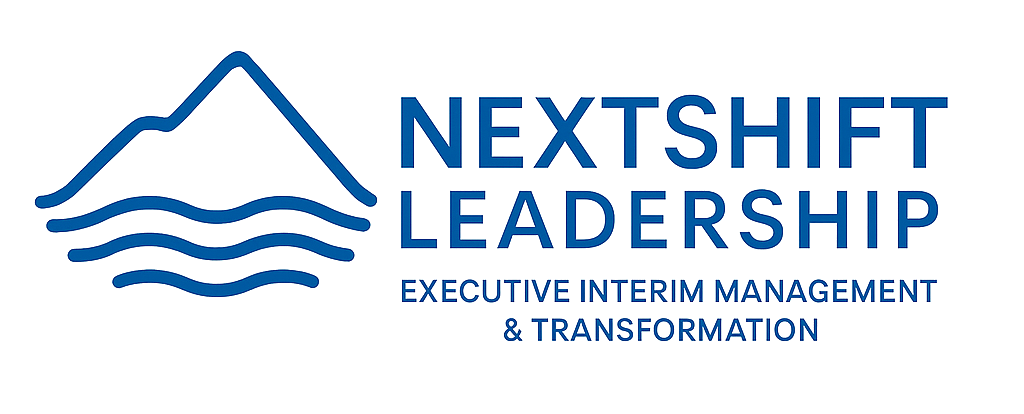Case Study:
Inventory Optimization
Initial Situation
Significant inventory buildup due to pandemic-related safety concerns and long lead times
Inventory levels rose to 3-digit million euro value
Average „Months of Supply“: >6 months for multiple vendors
Low inventory turnover in many product groups: in some cases < 2.0
Increased risk of aging stock, write-downs, and cash flow impact
Elevated forecast demand due to unvalidated customer requirements


Actions & Approach
Structured Inventory Optimization Approach
1. Inventory Transparency
Developed a weekly dashboard with all relevant KPIs:
Inventory Total / Projected Inventory Trends / Months of Supply / Turn Ratios / Overdue Backlog
Vendor-specific analysis & urgency classification
2. Targeted Inventory Actions
Prioritized measures for the tier 1 manufacturers
Initiated inventory promotions, vendor returns and customized reallocations
3. Cross-Functional Collaboration
Coordination with Sales, Finance & Demand teams on push/pull scenarios
Integrated financial criticalities (e.g. Shipment Blocks)
Analyzed backlog risks & initiated reallocations for at-risk inventory
4. Structured Decision Reviews
Weekly performance reviews at SKU/vendor level
Early warning system for aging stock (>9 months)
Included critical „Risk Backlog“ positions in action planning
Results & Impact
Significant inventory reduction of >20% with Tier1 suppliers within 3 months
Reduced inventory reach to < 5 months on a weighted average
Improved turn ratio to 3.0+ in strategic product groups
Avoided double-digit million euro write-downs on excess inventory
Substantially improved transparency for management decisions and controlling

